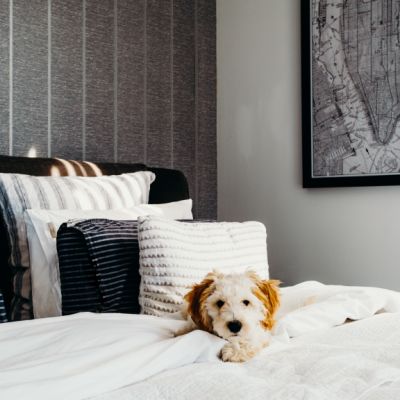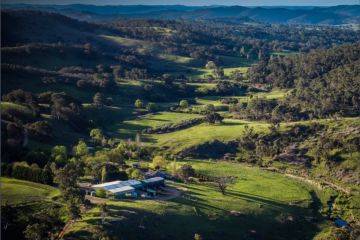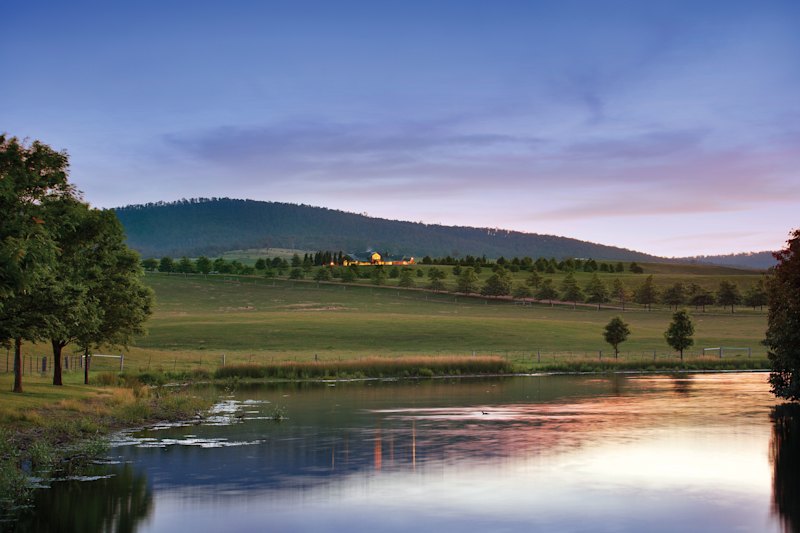How to prepare your home for a new pet
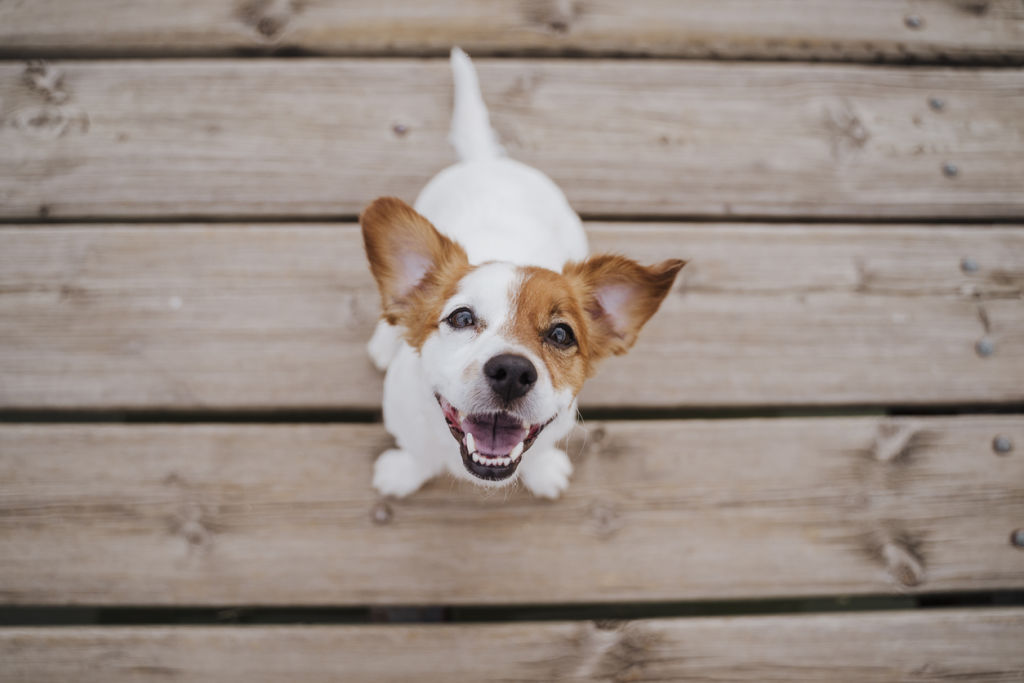
If you can’t ignore the kids’ pleas any longer or you find yourself hanging out at the local dog park, 2021 might be the year to commit to a pet.
This March PETstock Assist has turned its National Pet Adoption Day into its first National Pet Adoption Month, with the aim of educating Australians on the benefits of adopting or fostering a rescue animal, and to help end pet homelessness.
Sophia Grewal was growing weary with life in the city and her corporate job. It was a tour of Edgar’s Mission, a not-for-profit sanctuary for rescued farm animals in Victoria’s Macedon Ranges, that changed everything.
“About four years ago I went on a free tour [of Edgar’s Mission] and I just fell in love with the place,” she says. “After visiting there I was kind of like, ‘What do I do with my life?’ and reevaluated everything.”
Grewal quit her job and, with her husband, packed up and moved to Romsey, just 10 minutes from the Mission, and started as a volunteer at the rescue farm.
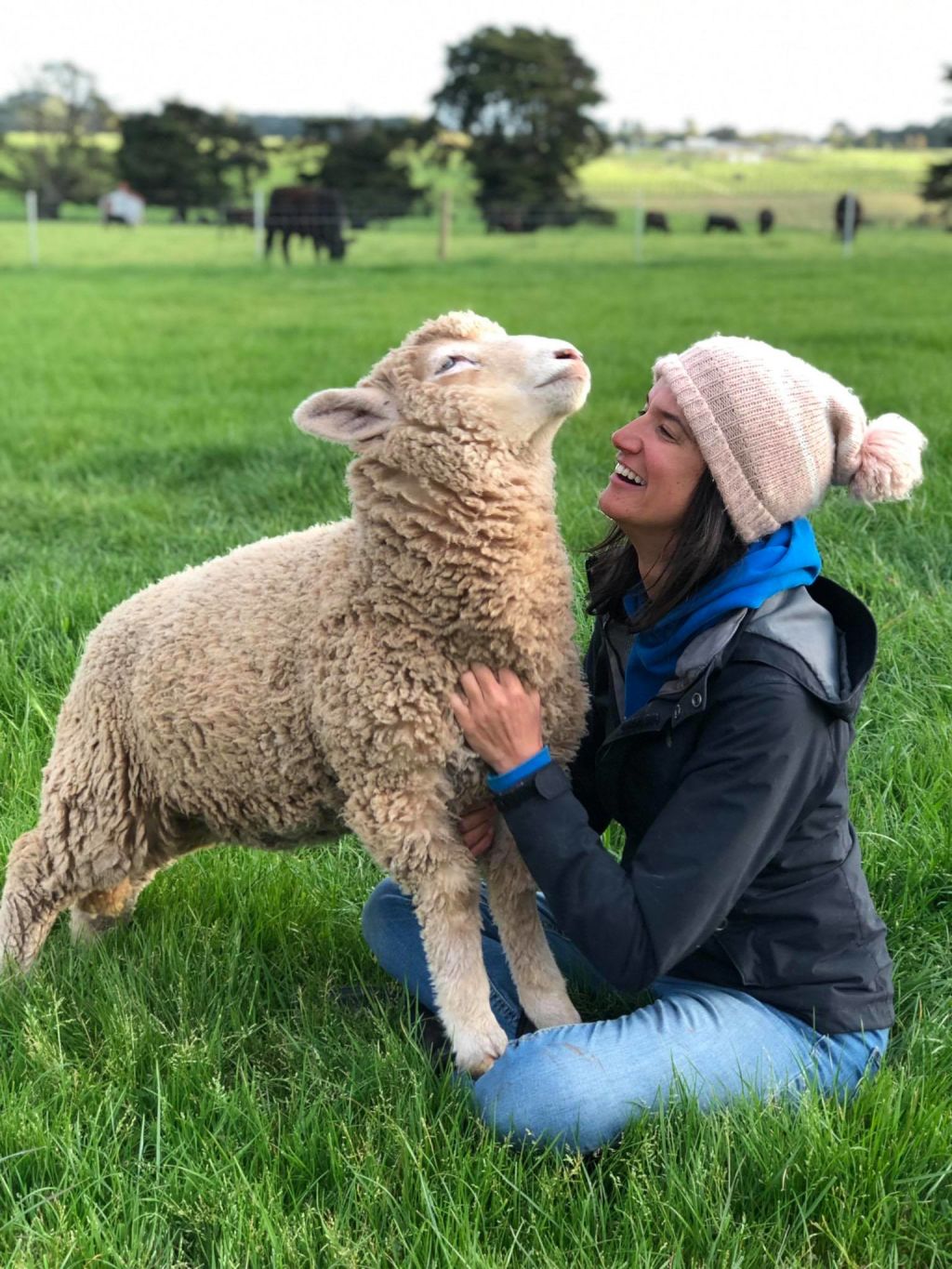
They’ve since adopted three goats – Cricket, Leroy and Sven – and three sheep – Agatha Christie, Vladimir and Baaarbara Woolters – and have a horse named Susie on their two-hectare property.
Grewal and her husband did have some experience with animal care, having fostered dogs while living in the city, but the couple were novices when it came to caring for farm animals.
“We realised very quickly that goats can escape from anything, so we had to get all of our fencing redone, and to make sure they had adequate shelter. We’ve learnt as we’ve gone along but the guys at Edgar’s Mission have been so good giving advice and help.”
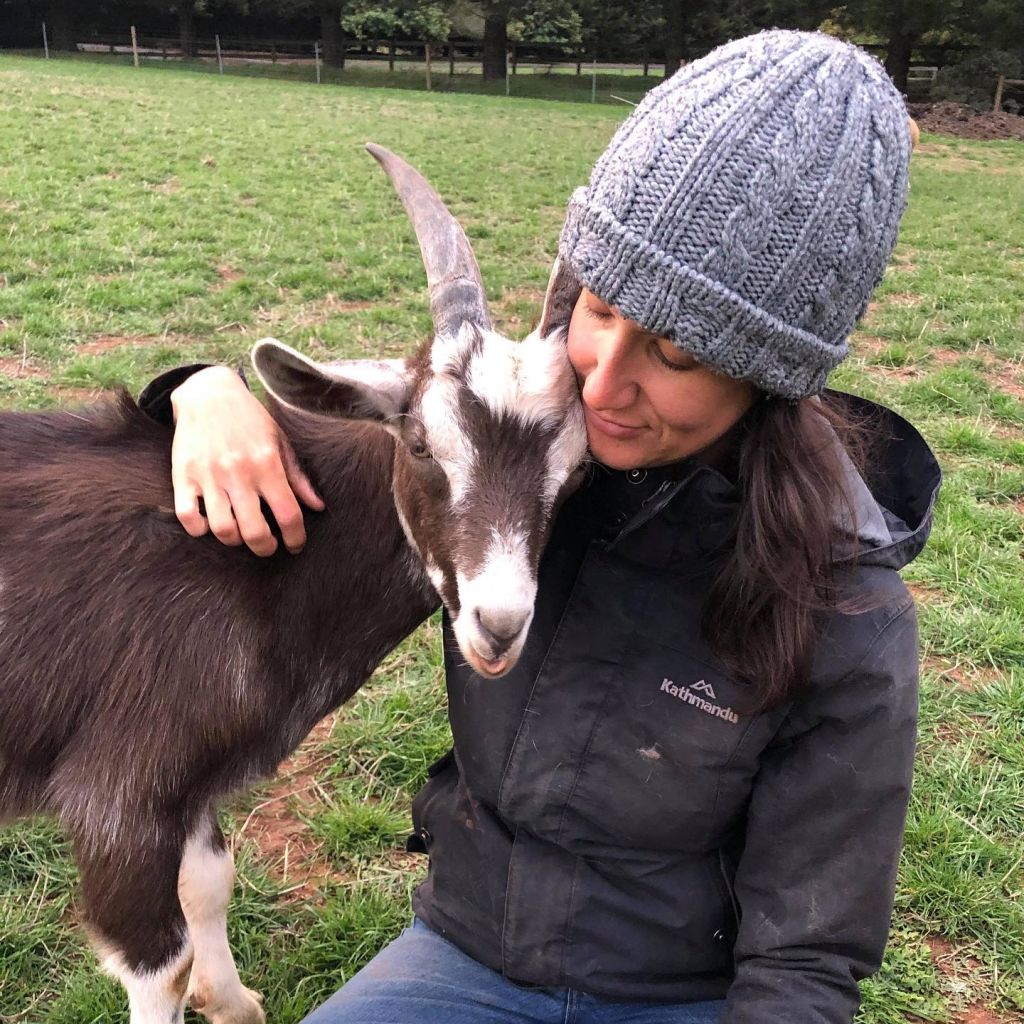
Grewal says moving to Romsey and life with the pets is “the best move we’ve ever made”.
“The joy that they bring to our lives every day is so infectious. The love that you get back is incredibly rewarding. I feel privileged to get to know the personalities of these animals,” she says.
How to prepare for a pet

PETschool and Live specialist Tina Button has been in the animal industry for 35 years and has three border collies, two pharaoh hounds, two sphynx cats, one colt, seven ducks, 35 sheep, 39 chickens, two roosters and two pheasants running around her property near Ballarat, so it’s safe to say she knows a thing or two about caring for our furred and feathered friends.
Depending on the animal, you could be looking at a 15- to 20-year commitment, so you need to make sure you’re ready to devote the time and energy into caring for your new pet.
Are you really ready?

Button says there are some simple but important questions you need to ask yourself before you consider a pet.
Think about whether you have enough space and a safe, suitable environment for the animal. Do you have enough time and money to care for the animal, and can you provide access to fresh water, food, regular vet treatments and grooming? Will a pet suit your lifestyle?
Most pet rescue and adoption centres have a comprehensive check system in place to ensure you’re able to meet the requirements of care that the adoptive pet needs.
Do your research
Button suggests researching the species or breed of animal you’re looking to adopt.
Consider what their needs are, how long they live for and what they require as a minimum for care and enrichment so they don’t become destructive.
“Don’t get a working dog that’s in the prime of its life if you’re living in an apartment, or somewhere where it’s not going to get the enrichment and exercise that it needs,” Button says.
And renters, beware. Make sure you check with your landlord before falling head over heels for that cute Maltese terrier, as laws vary from state to state.
Once you’ve done all of your research and you’re feeling confident that you can now become a qualified pet parent, the next step is to make sure your home is animal friendly.
Make a safe space
Start by removing hazards – things like electrical cords and anything that can be grabbed and pulled over by inquisitive paws and claws.
“Anything you don’t want destroyed by a dog, remove it,” Button says.
Create an area where dogs are allowed to play and dig. A sandpit is a good option for this, and pop up a fence around your thriving veggie garden to stop it from being destroyed.
Create a comfortable bed
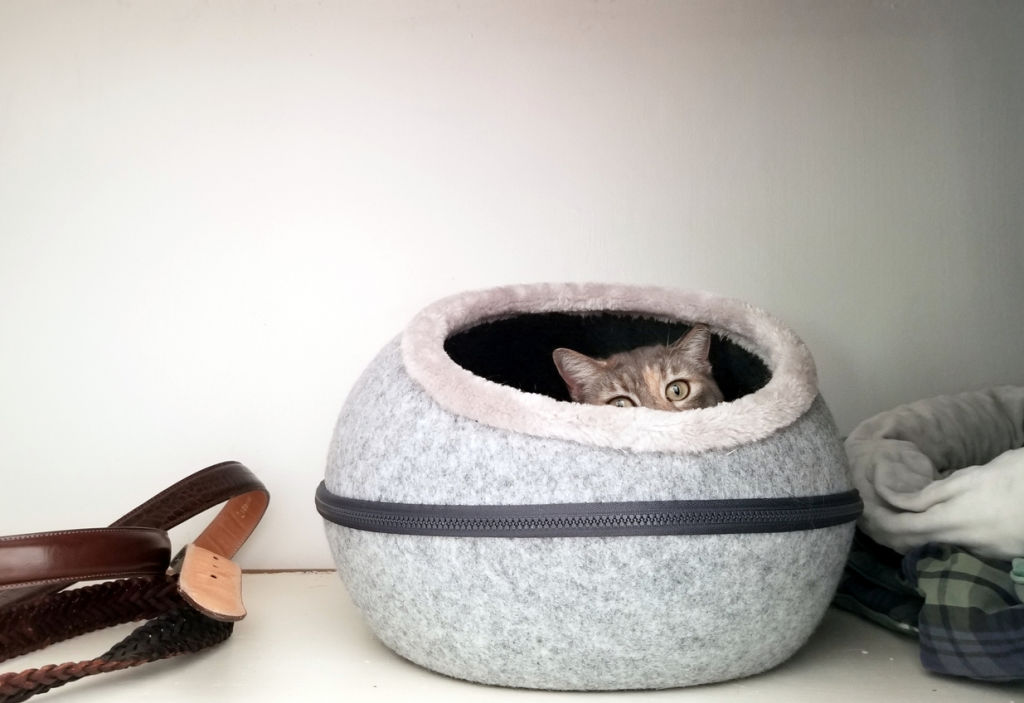
If you’ve opted to adopt an older dog, Button suggests getting bedding that is raised slightly off the ground. It’ll help to air it out and protect any arthritic bones from cold floors.
If you’re using a kennel, make sure it’s size-appropriate with just enough room for the dog to enter, turn around and lie down in.
“The smaller the kennel or crate, the more the heat stays in, and the more secure they will feel,” she says.
Take it slow
Button says most animals will take a few days to settle into a new environment.
“It really depends on the animals’ confidence, how much socialisation they’ve had as a young animal, and how well they adapt – you need a lot of patience,” she says.
“You might have to start off by allowing them only into certain parts of the house first. Get them used to that area and see how they cope.
“Some dogs, if you put them into a large environment or into a larger house, tend to withdraw a little bit because it’s a whole new environment for them to explore, whereas if they get used to just one or two rooms and outside, they’re not as stressed because they only have a small area to explore.
“If a dog is comfortable, their confidence will build up a lot quicker, once they start relaxing.”
Training and exercise
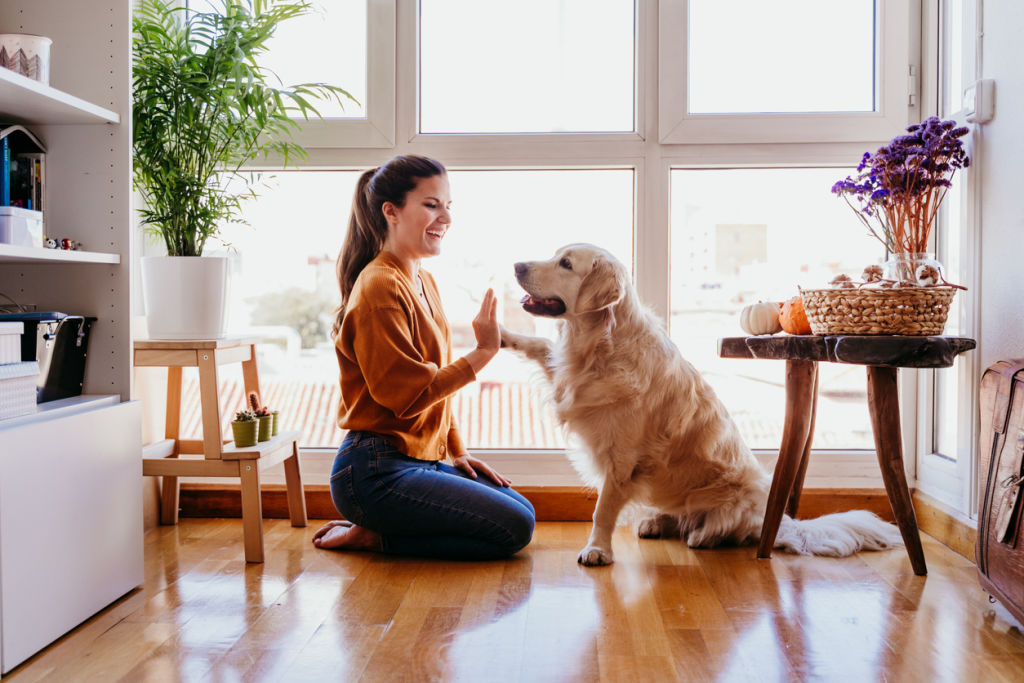
Button says exercise should be done at least once a day, but preferably twice a day and should incorporate training.
“You can work on one or two exercises a day, [which] need to be no more than five minutes. If a dog does something right, finish on a winning note.”
Don’t forget to give them their own toys that allow them to be mentally challenged as well.
When it comes to walking dogs, it’s best to let them get accustomed to their new neighbourhood gradually.
“Go a short distance and let them explore, even if it’s just a couple of hundred metres from home, up and back. See how they cope and you can build up from there,” Button says.
“You’ll find that animals that have been mentally enriched and physically enriched will sleep well, they’ll settle in better, and they’re likely to become less destructive.”
We thought you might like
States
Capital Cities
Capital Cities - Rentals
Popular Areas
Allhomes
More
